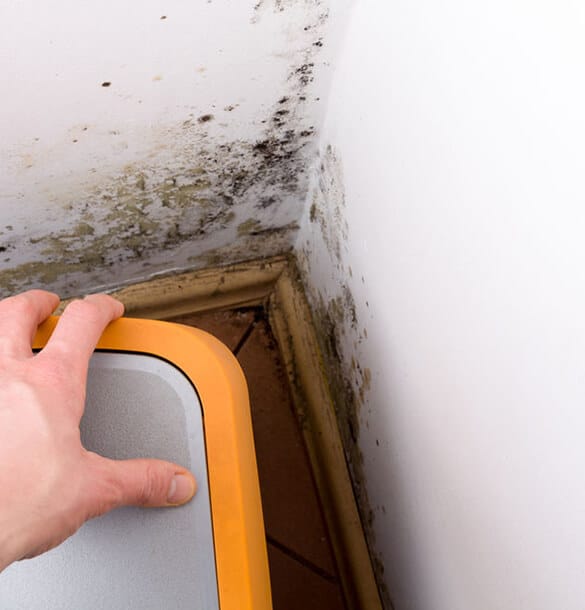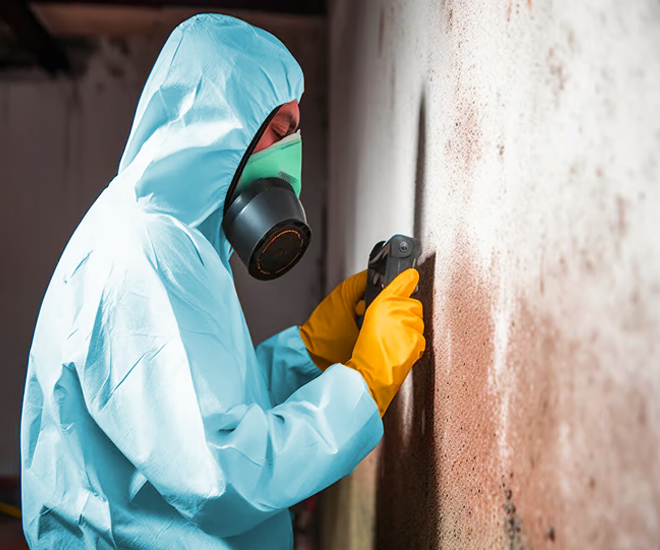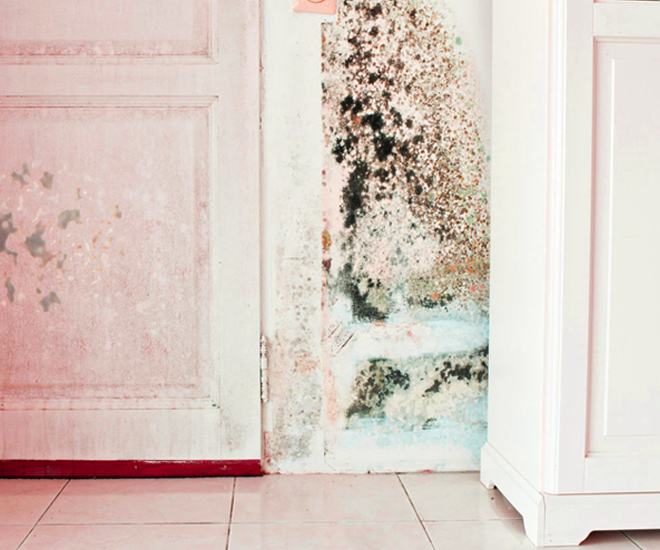After Mold Remediation Strategies for Tidy Rooms
After Mold Remediation Strategies for Tidy Rooms
Blog Article
Your Ultimate Guide to Article Mold Removal Strategies
Navigating the realm of post-mold remediation techniques is a thorough procedure that requires attention to information and a thorough understanding of the intricacies included. In the aftermath of mold infestation, knowing how to successfully remove the mold and stop its reoccurrence is critical for keeping a healthy and balanced indoor setting. From picking the best cleansing and sanitizing approaches to executing strategies for lasting mold prevention, each action in the remediation trip plays an essential function in guaranteeing an effective outcome. As we begin on this expedition of post-mold remediation techniques, we will certainly reveal the key strategies and ideal methods that can aid you restore your area to its pre-mold condition and secure it versus future mold and mildew risks.
Recognizing Post-Mold Removal Process
After completing the mold removal process, it is crucial to comprehend the post-mold remediation techniques that are needed to make sure a comprehensive and efficient cleaning. When the mold and mildew has been eliminated, the next step involves cleansing and decontaminating the impacted areas to avoid any regrowth of mold and mildew. This consists of utilizing specialized cleaning up agents to clean down surface areas and eliminate any kind of remaining mold spores. It is important to dry the area entirely to discourage the development of mold and mildew in the future (testing air quality after mold remediation). Proper air flow and dehumidification can help in this process.
Additionally, performing a last examination post-remediation is important to ensure that all mold and mildew has actually been efficiently eradicated. This examination must involve a detailed aesthetic check along with potentially air tasting to verify the absence of mold and mildew spores airborne. If the assessment discloses any kind of remaining mold, additional removal may be needed. Enlightening owners on preventative steps such as controlling wetness levels and immediately addressing any water leakages can assist maintain a mold-free atmosphere.
Reliable Cleaning and Disinfecting Methods

Stopping Future Mold And Mildew Development

Value of Appropriate Air Flow
Appropriate ventilation plays a vital duty in protecting against dampness build-up, a key variable in mold growth within interior environments. Effective ventilation systems aid remove excess moisture from the air, decreasing the possibilities of mold spores Visit Your URL finding the moisture they need to germinate and spread out. Without appropriate air flow, indoor rooms can become a breeding place for mold, resulting in prospective wellness dangers and structural damages.
By ensuring proper air blood circulation, air flow systems can additionally assist in drying out moist locations faster after water damage or flooding incidents, even more discouraging mold and mildew growth. Post remediation mold testing near me. In rooms like shower rooms, cellars, kitchen areas, and attic rooms where moisture degrees have a tendency to be greater, setting up and keeping effective air flow systems is vital in protecting against mold and mildew invasions

Monitoring and Upkeep Tips
Given the crucial role that proper air flow plays in stopping mold growth, it is essential to develop reliable surveillance and maintenance ideas to guarantee the ongoing performance of ventilation systems. Normal evaluations of ventilation systems should be carried out to look for any type of indicators of obstructions, leaks, or malfunctions that might impede proper air flow. Tracking moisture degrees within the residential or commercial property is also important, as high moisture can contribute to mold development. Installing a hygrometer can assist track moisture levels and sharp property owners to any kind of spikes that may call for focus. In look what i found addition, guaranteeing that air filters are on a regular basis cleaned up or changed is important for keeping the effectiveness of the ventilation system. Implementing a routine for routine maintenance jobs, such as air duct cleansing and cooling and heating system evaluations, can assist stop concerns before they intensify. By staying conscientious and positive to the condition of air flow systems, homeowner can successfully mitigate the threat of mold and mildew regrowth and preserve a healthy and balanced indoor atmosphere.
Conclusion
Finally, post-mold removal methods are necessary for making sure a clean and secure atmosphere. Comprehending the procedure, implementing reliable cleaning and disinfecting techniques, avoiding future mold and mildew development, keeping appropriate ventilation, and normal monitoring are all essential steps in the remediation procedure. By following these guidelines, you can efficiently remove mold and mildew and avoid its return, functioning or promoting a healthy living area for all passengers.
In the after-effects of mold and mildew invasion, understanding just how to properly eradicate the mold and prevent its reoccurrence is paramount for keeping a healthy indoor setting. Once the mold and mildew has been removed, the next action involves cleansing and disinfecting the impacted locations to avoid any regrowth of mold and mildew - testing air quality after mold remediation. After removing visible mold development, it is crucial to clean all surfaces in the damaged area to eliminate any type of remaining mold and mildew spores. To additionally enhance mold prevention actions, it is essential to attend to underlying issues that at first led to mold and mildew growth.Offered the essential duty that correct air flow plays in protecting against mold and mildew growth, it is vital to develop reliable monitoring and maintenance tips to more helpful hints ensure the continued capability of air flow systems
Report this page